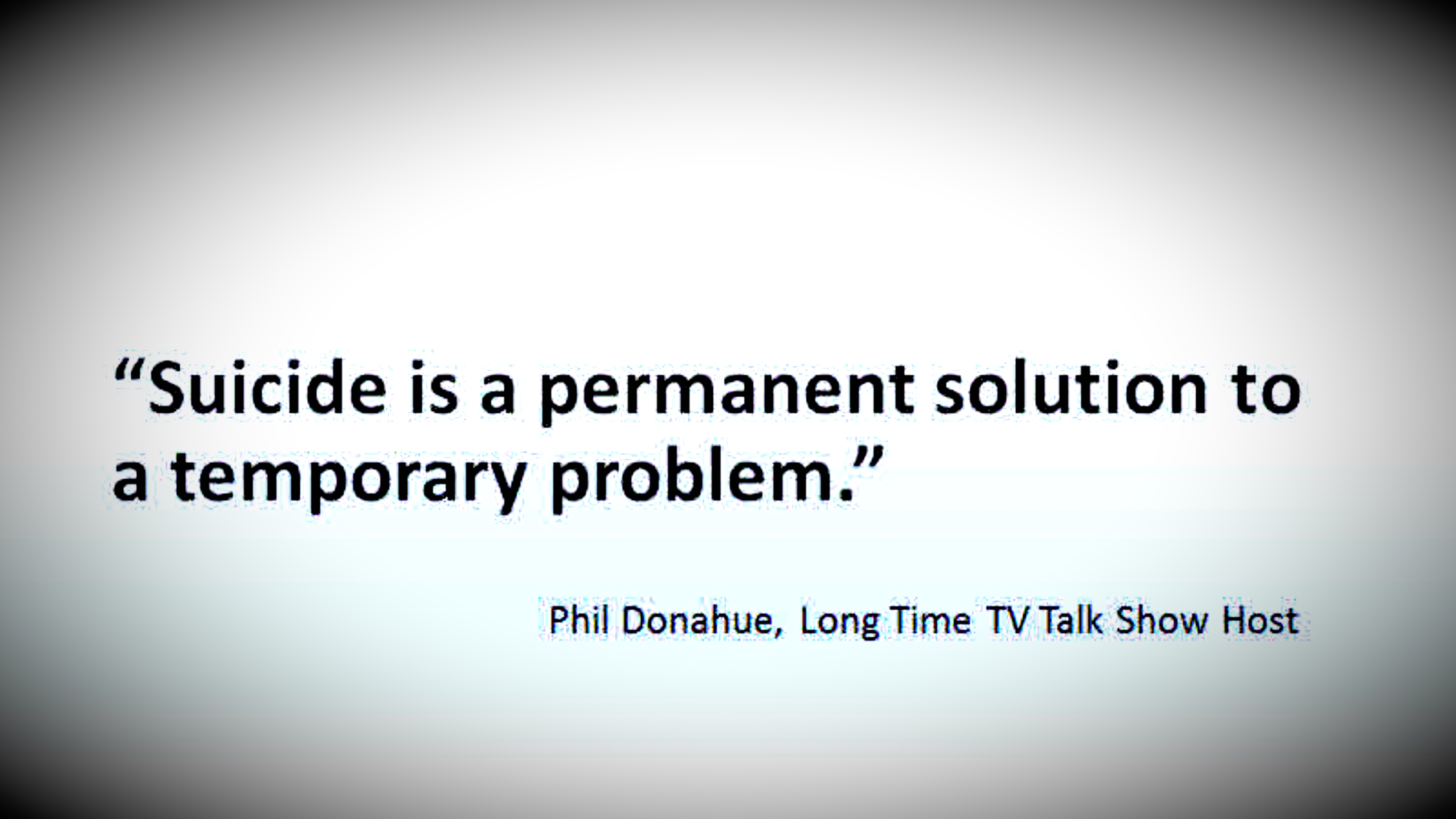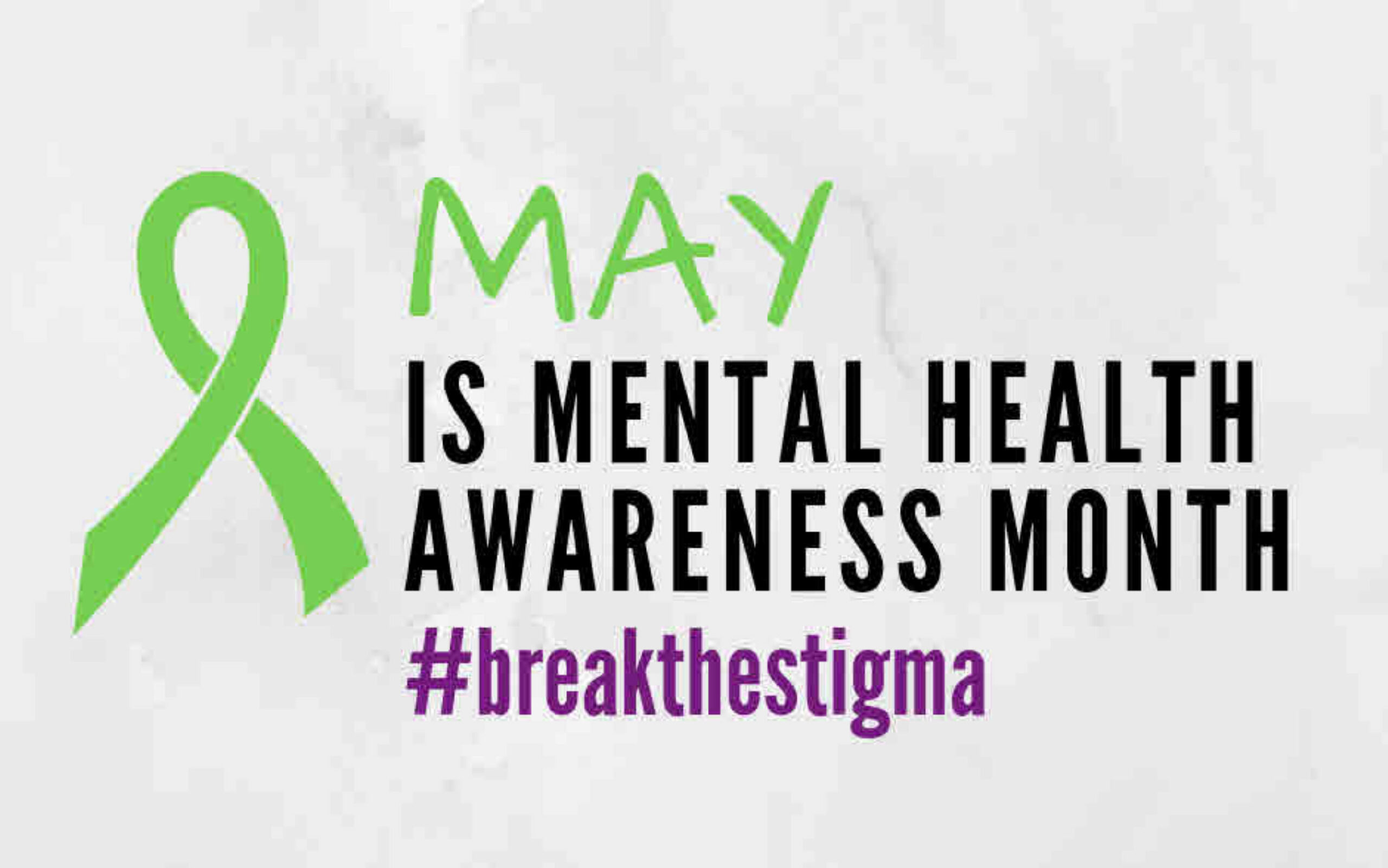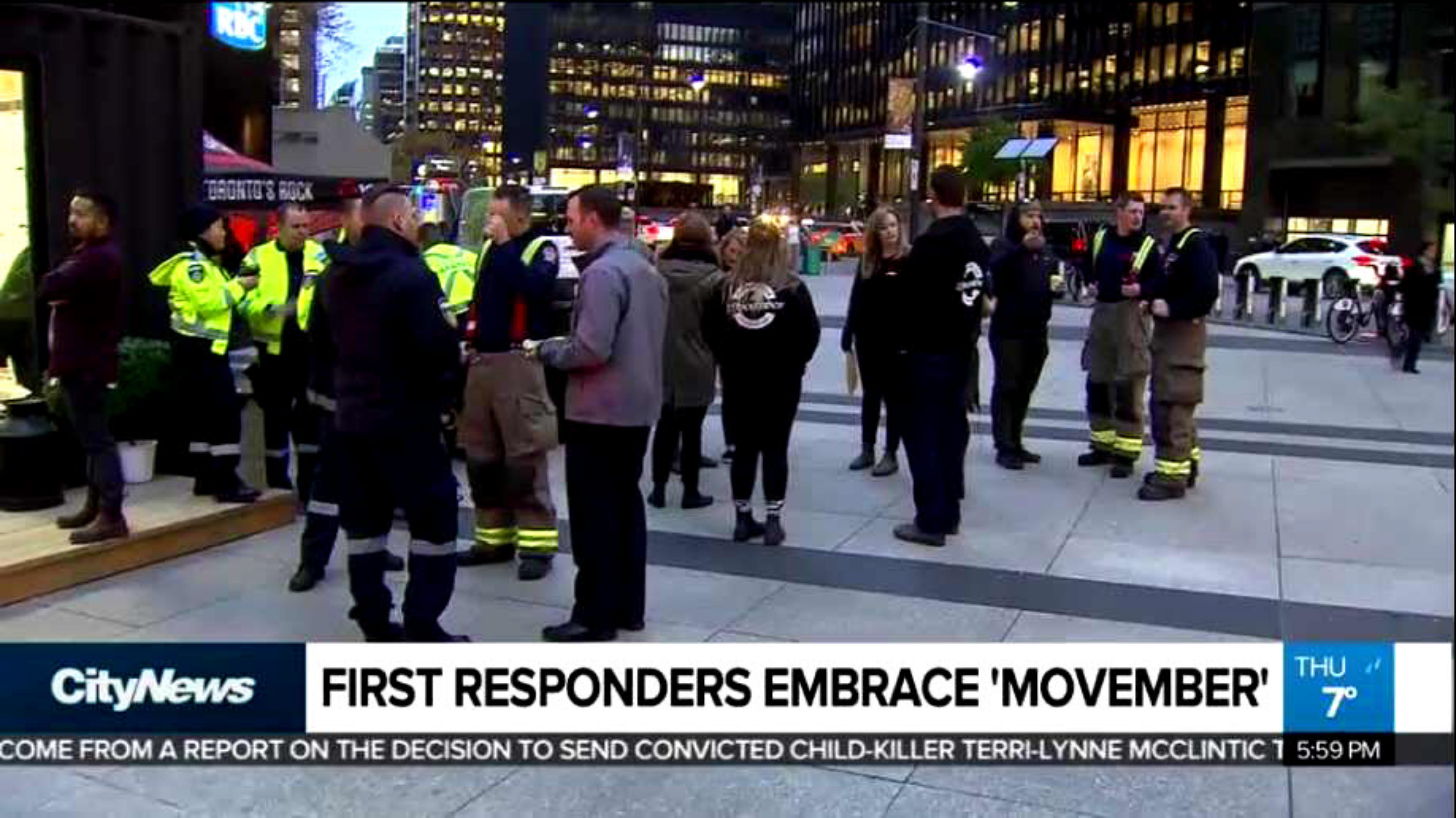James Donaldson note:
As I’m slowly getting on top of my physical health issues, I am turning more and more of my time and efforts towards mental health issues, especially pertaining to our young people and student-athletes. Having gone through a recent bout of depression and suicidal thoughts myself, I realize now, that I can make a huge difference in the lives of so many by sharing my story. Read James’ story:
Part of my efforts is presenting to you information and resources that can be helpful to the young people in your lives. I will soon be setting up a charitable nonprofit foundation, that will allow me to do a lot of work in this regard. Stay tuned!
Reading, writing, and math remain important for teachers, but local schools are dramatically increasing how much attention they pay to students’ coping skills, behavior, and mental health.
Districts are adding counselors and mental health therapists for at-risk students while implementing school-wide behavior and decision-making programs for all students. One of those programs, Positive Behavioral Interventions, and Supports, is mandated by the Ohio Department of Education.
“Student mental health is a growing concern,” Brookville Superintendent Tim Hopkins said. “We are implementing social and emotional curriculum to help students develop the personal tools to deal with these issues.”
Student mental health is a key factor in school safety, as students struggling to cope effectively with bullying and other social problems can, in some cases, lash out.
RELATED: Schools battling chronic absenteeism
Since at least the late 1990s, roughly 20 percent of children age 9-17 have exhibited some type of mental health concern, according to medical studies cited by ODE’s Health Care Support Toolkit. Half of those children, or 1 in 10 overall, had “significant functional impairment,” meaning the vast majority of classrooms are affected.
Mental health issues have existed for years for kids and families.
But some issues are increasing — Carroll High School Principal Matt Sableski cited a specific rise in anxiety and depression issues the past five years — and they’ve become much more of a classroom focus. The state’s new strategic plan calls for schools to focus on the “whole child,” not just academics.
Schools add staff, money
Many local schools reported increasing the number of counselors or mental health therapists they employ or boosting existing contracts with agencies such as South Community and Samaritan Behavioral Health.
That trend goes across all kinds of schools – from urban, high-poverty districts (Dayton) to wealthy suburban districts (Centerville and Oakwood), as well as smaller, more rural schools (Miami East and Newton).
Research shows that students’ exposure to traumatic events (also called adverse childhood experiences, or ACEs) has an impact on both school performance and overall health. ACEs can include being a victim of abuse or neglect, witnessing domestic violence or having a family member jailed.
James Donaldson is a Washington State University graduate (’79). After an outstanding basketball career with WSU, he went on to play professional basketball in the NBA with the Seattle Supersonics, San Diego/L.A. Clippers, Dallas Mavericks, New York Knicks, and Utah Jazz. He also played for several teams in the European Leagues in Spain, Italy, and Greece, and he toured with The Harlem Globetrotters to wrap up his career. James was an NBA All-Star in 1988 while playing center for the Dallas Mavericks. In 2006, James was inducted into the Pac-10 Sports Hall of Fame and also the Washington State University Athletic Hall of Fame. In 2010, James was elected as a board member for the NBA Retired Players Association.
James frequently conducts speaking engagements (motivational, inspirational, educational) for organizations, schools, and youth groups.
In 2010, James was the recipient of the NBA Legends of Basketball ABC Award, awarded for outstanding contributions in Athletics–Business–Community.
He believes in being a role model for success and professionalism to the scores of young people to whom he devotes so much of his time. He currently serves on several boards and committees and is a member of many organizations.
James believes in developing relationships that create a “Win-Win” environment for everyone involved, and in being the best he can be!
For more information about James Donaldson or to request he speak at your event, contact him at:
www.StandingAboveTheCrowd.com
JamesD@StandingAboveTheCrowd.com
1-800-745-3161 (voicemail & fax)
James Donaldson is the author of “Standing Above The Crowd” and “Celebrating Your Gift of Life” and founder of the Your Gift of Life Foundation which focuses on mental health awareness and suicide prevention, especially pertaining to our school aged children and men.
If you’re interested in having James come and speak to your group of young adults, business entrepreneurs, aspiring political and community leaders, and athletic teams, please contact him at jamesd@yourgiftoflife.org and or leave a personal message for him at 1-800-745-3161. Keep up with him and read about how he is reaching out and making a difference in the lives of so many around the world at www.yourgiftoflife.org




